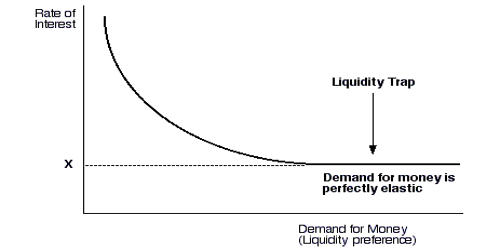A complementary currency is any currency that is not a national currency but is accepted in a country under certain conditions. It is a currency or medium of exchange that is not a national currency but is thought to supplement or complement national currencies. It is not intended to be the primary means of exchange in an economy; rather, it is established by private citizens, advocacy groups, or public regulatory bodies to create parallel markets for specific goods and services or within a specific geographic region.
Complementary currencies are typically not legal tender, and their use is contingent on the parties exchanging the currency reaching an agreement. Complementary currencies, according to Jérôme Blanc of the Laboratoire d’Économie de la Firme et des Institutions, aim to protect, stimulate, or orient the economy. They can also be used to further specific social, environmental, or political goals.
The goal of a complementary currency is to regulate the economy or achieve a particular social, environmental, or political purpose.
Complementary currencies are intended to work alongside domestic currency to achieve a specific social goal. When discussing complementary currencies, a number of overlapping and frequently interchangeable terms are used: local or community currencies are complementary currencies used within a locality or other type of community (such as business-based or online communities); regional currencies are similar to local currencies, but are used within a larger geographical region; and sectoral currencies are complementary currencies used within a single economic sector, such as education.
Complementary currencies are not intended to replace a country’s domestic currency. Many private currencies are supplementary currencies issued by private corporations or organizations. Alternative currency, auxiliary currency, and micro currency are other terms. Mutual credit is a type of alternative currency, and thus any type of lending that does not go through the banking system is a type of alternative currency. Another type of alternative currency is barter. These are exchange systems that trade only items and do not use any currency at all. Finally, LETS is a type of barter in which points are exchanged for items. One point stands for one worker-hour of work and is thus a Time-based currency.

Purposes
Current complementary currencies are frequently designed to address specific issues, such as increasing financial stability. The majority of complementary currencies serve multiple functions and/or are designed to address multiple issues. They can be beneficial for communities that do not have access to financial capital, as well as for modifying people’s spending habits.
The 2006 Annual Report of the Worldwide Database of Complementary Currency Systems presented a survey of 150 complementary currency systems in which 94 respondents chose “all reasons,” including cooperation, micro/small/medium enterprise development, activating the local market, reducing the need for the national currency, and community development.
Aims may include:
- resocialisation and emancipation,
- lifeboat currencies,
- to increase financial stability,
- to reduce carbon emissions, by encouraging localization of trade and relationships,
- to encouraging use of under-used resources,
- to recognise the informal economy,
- promote local businesses.















